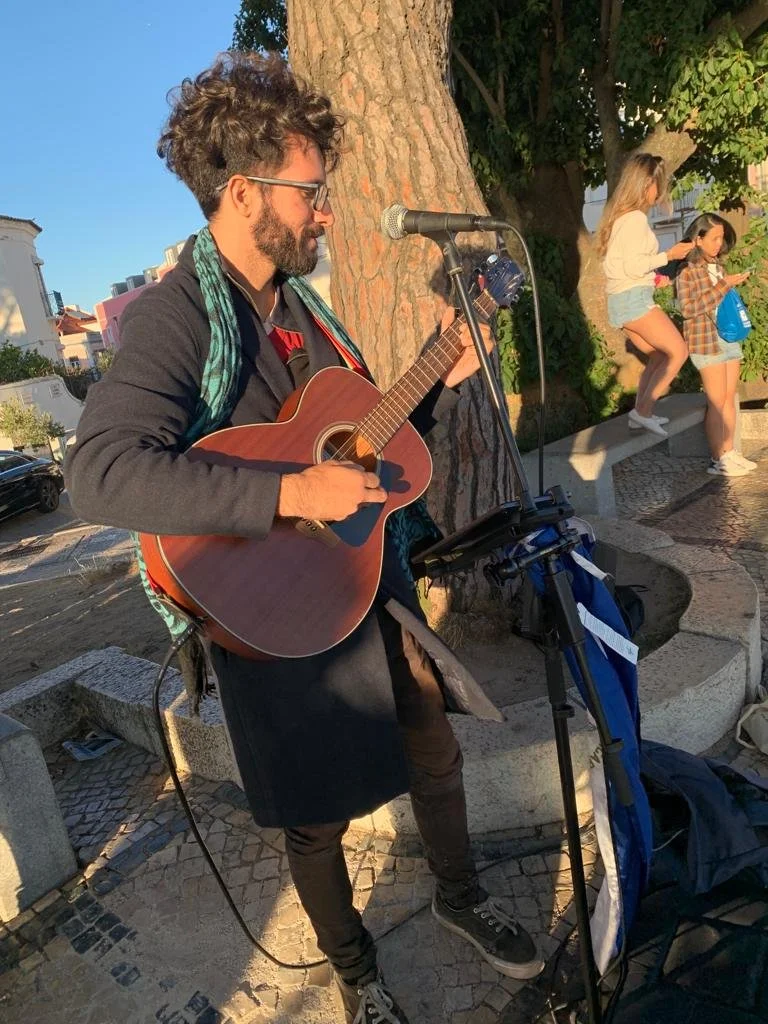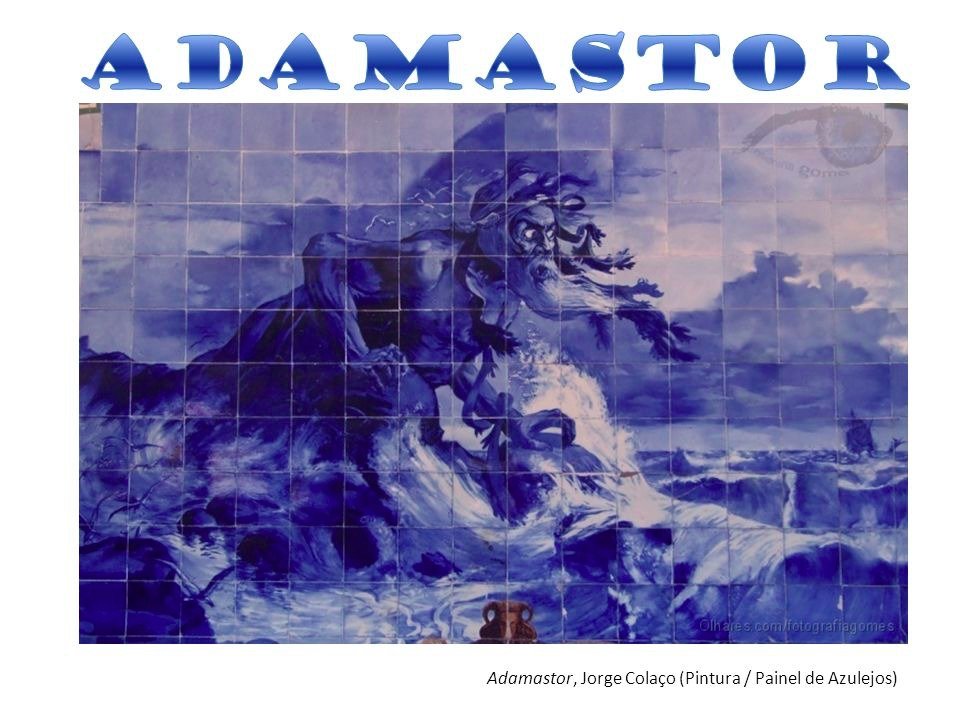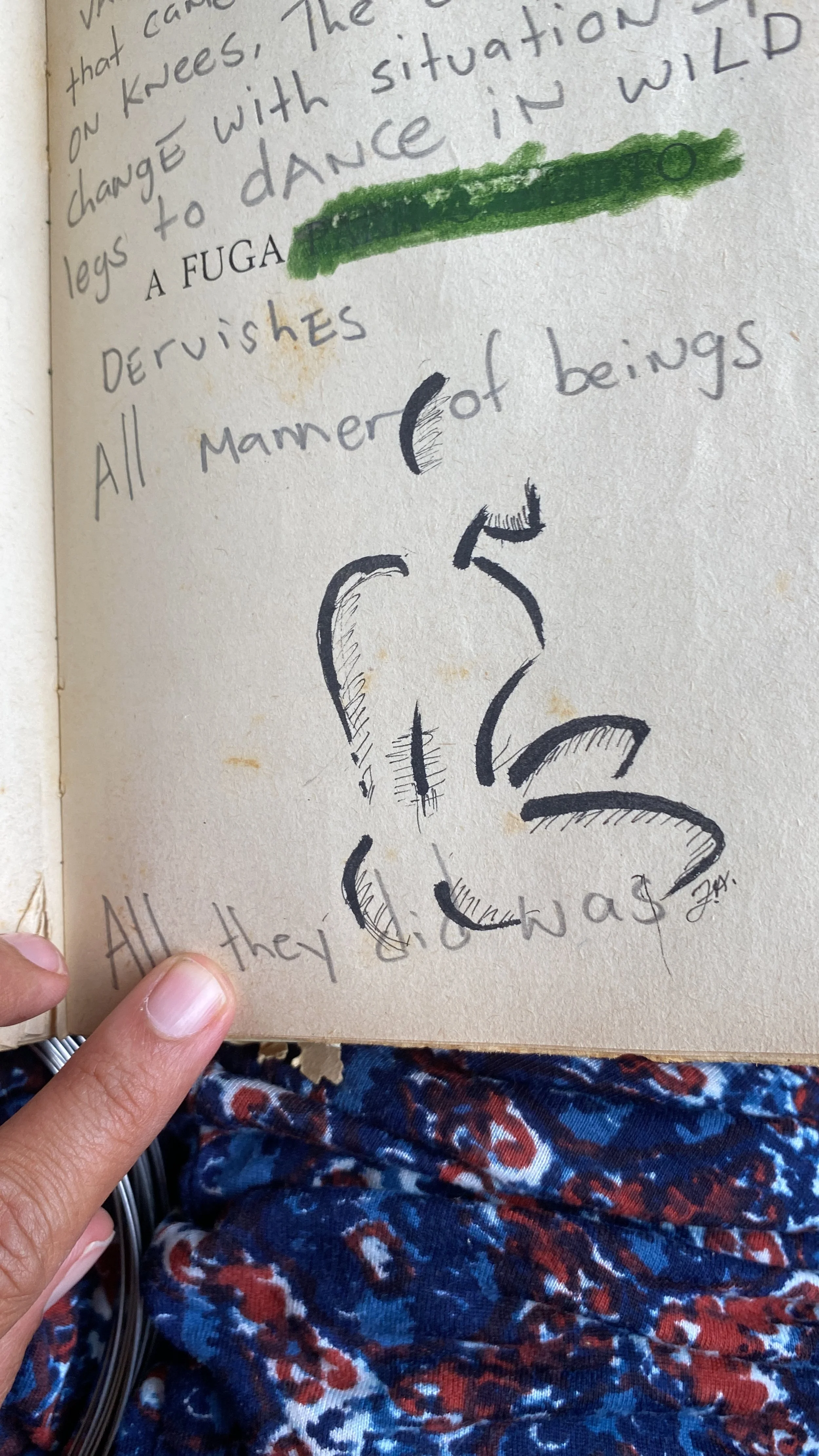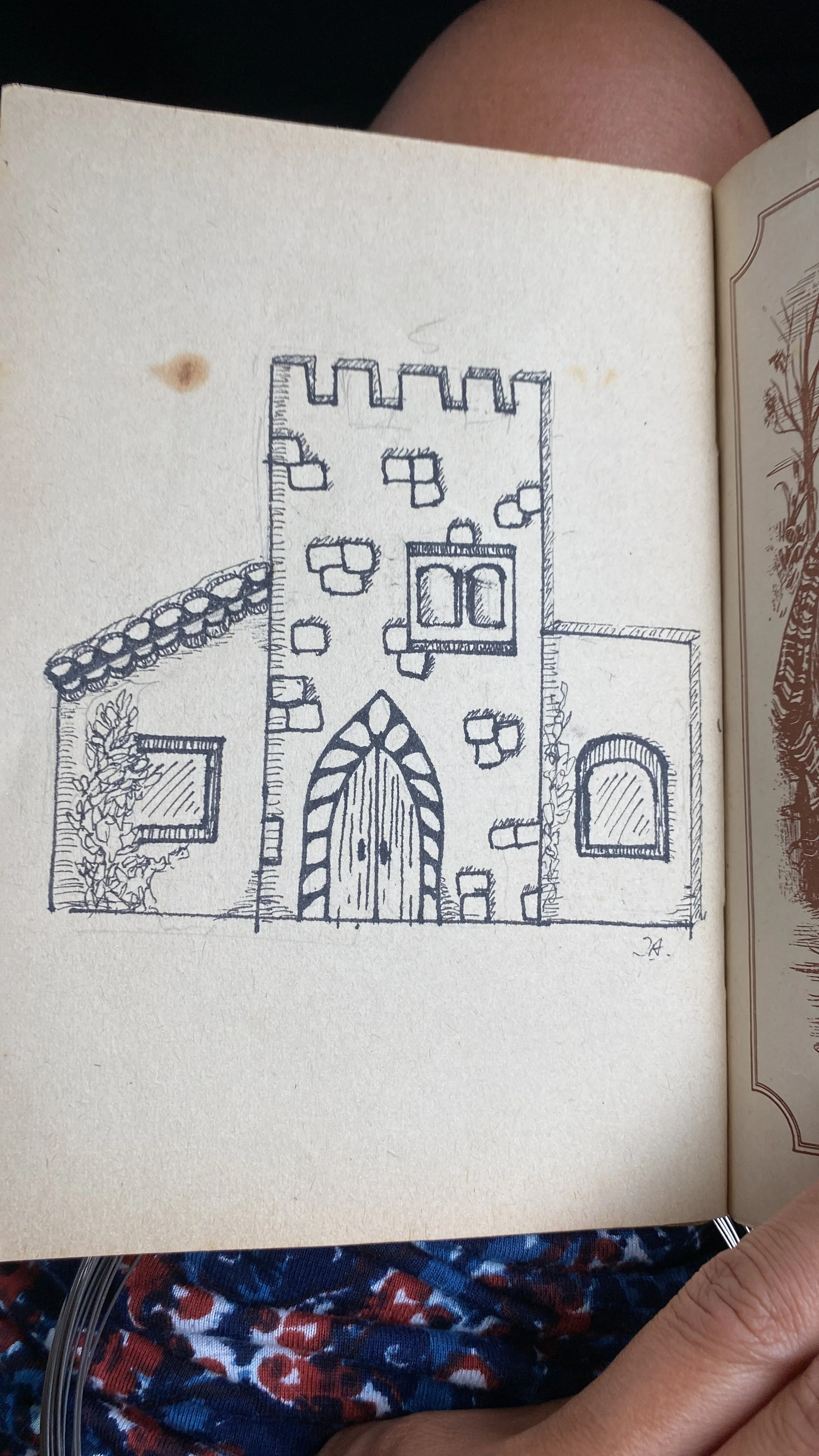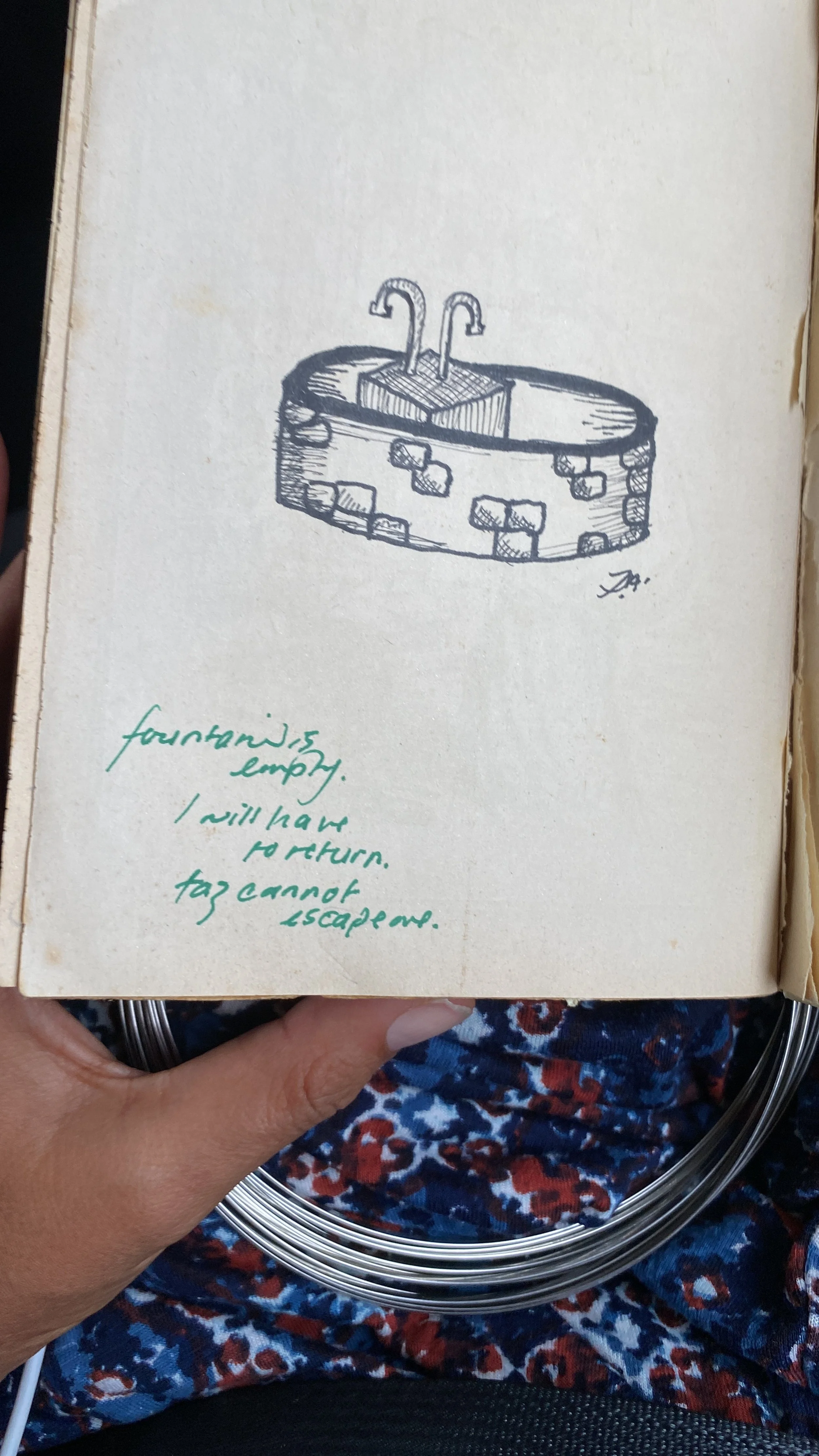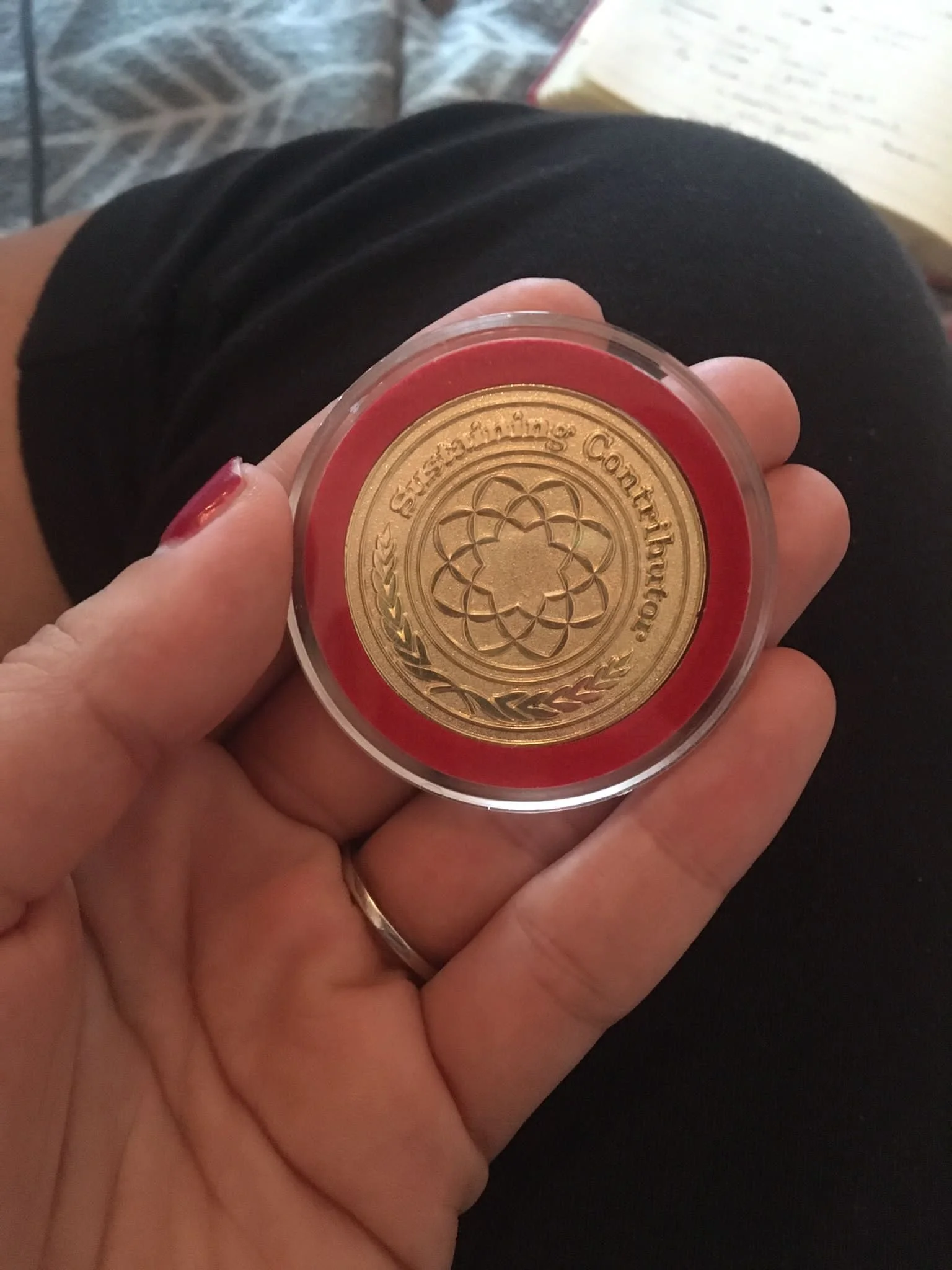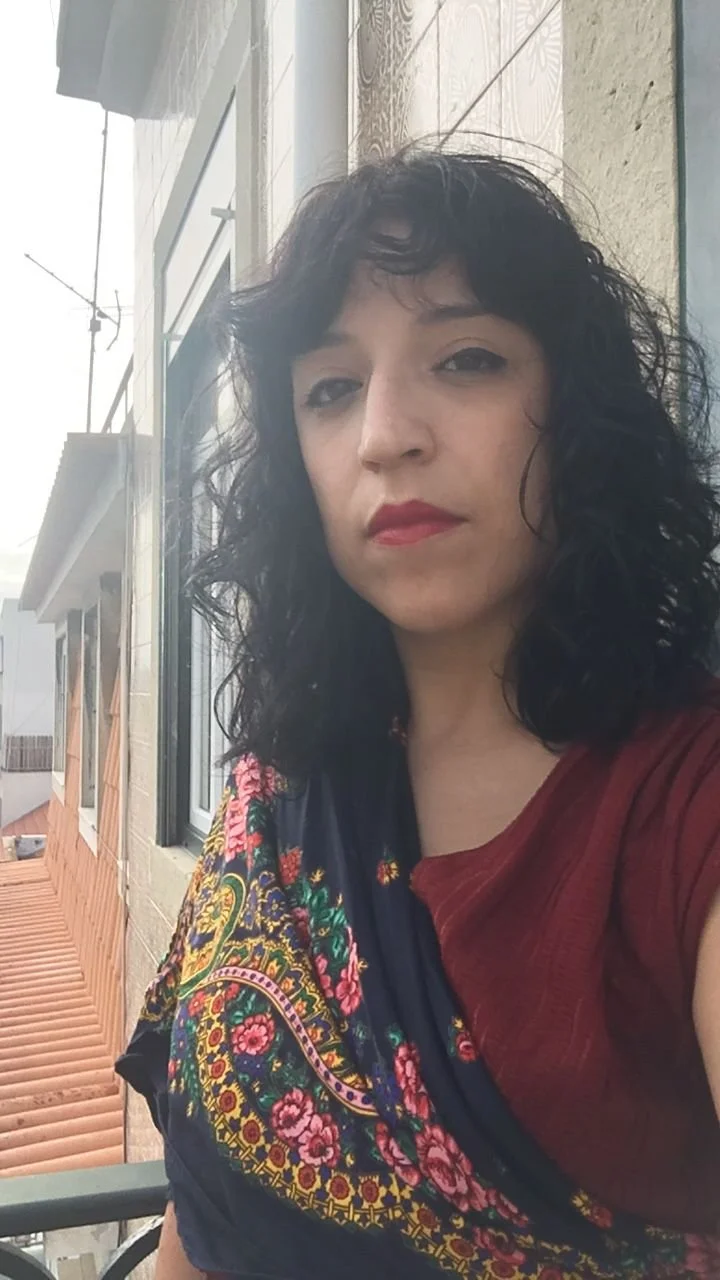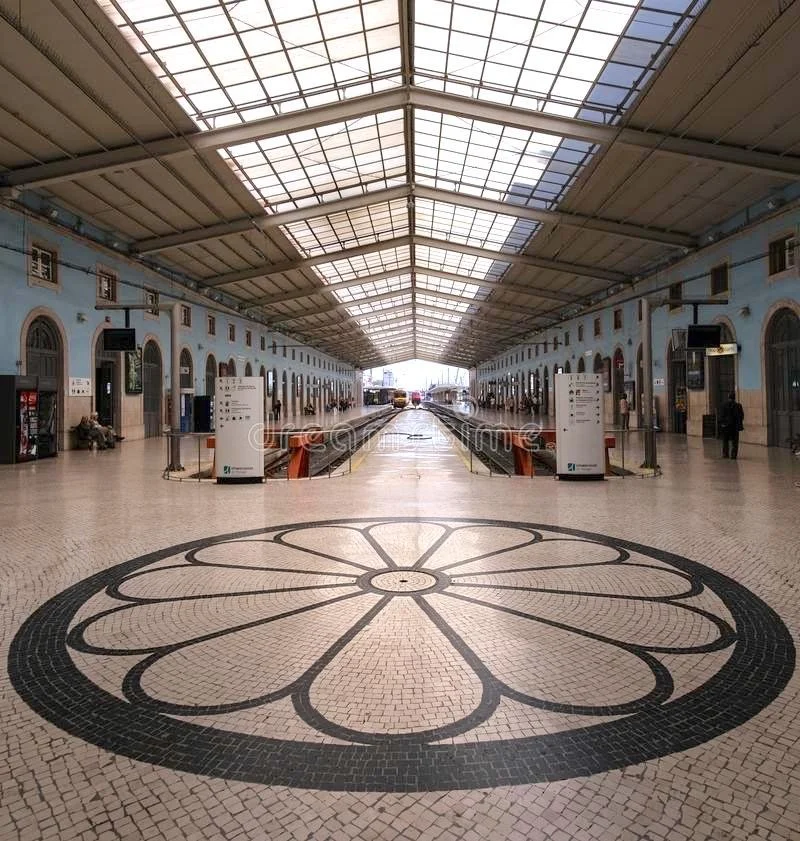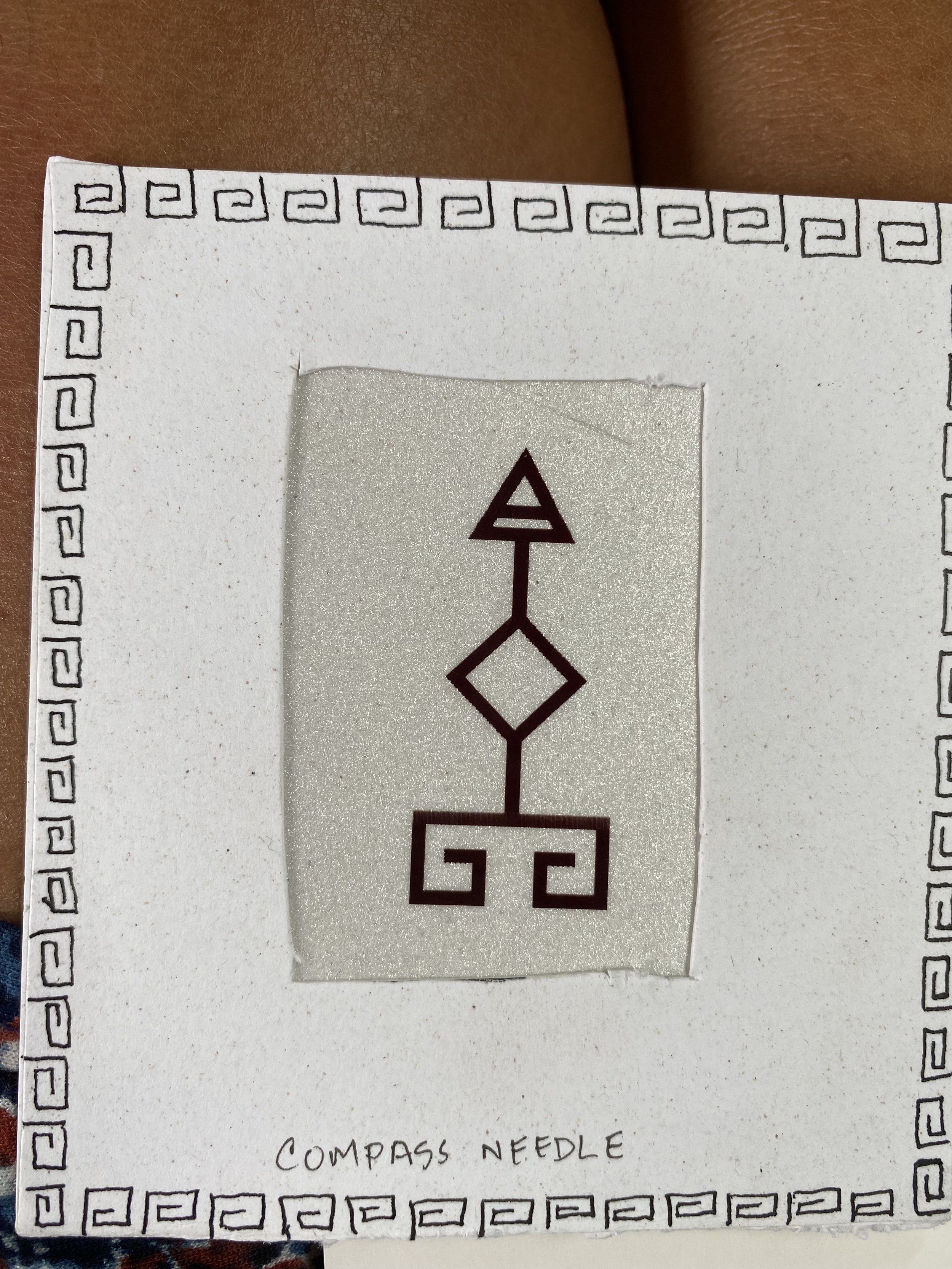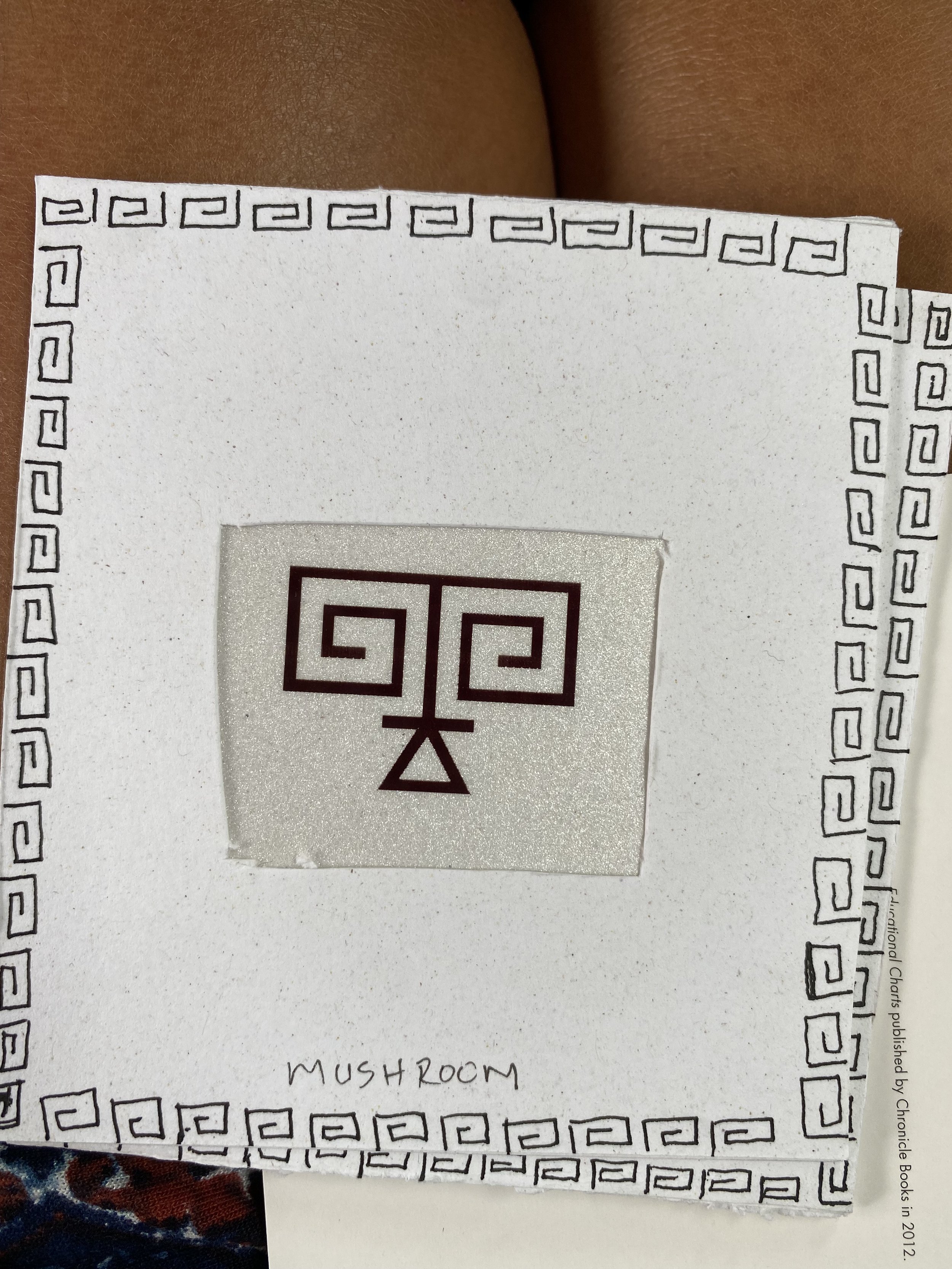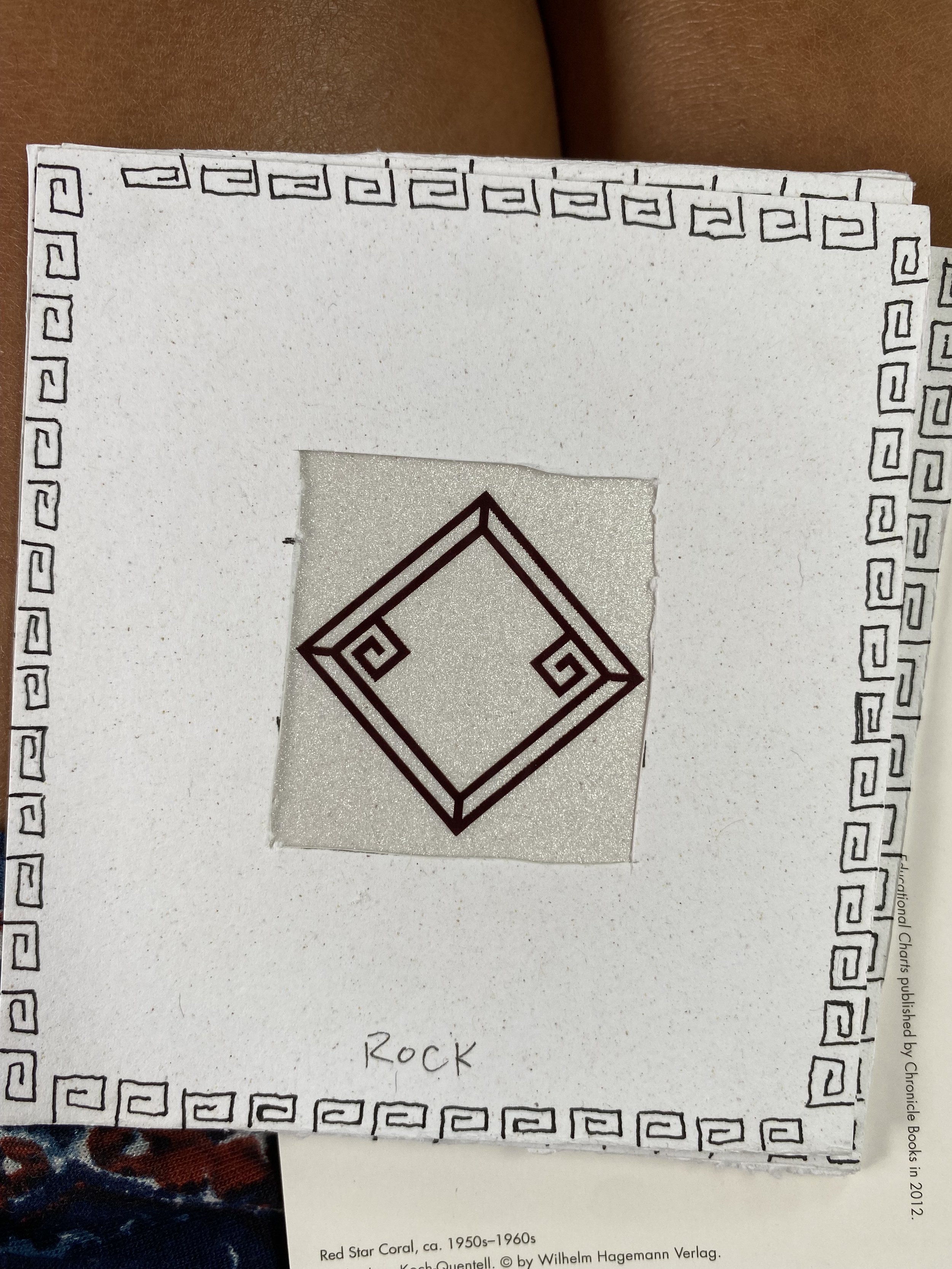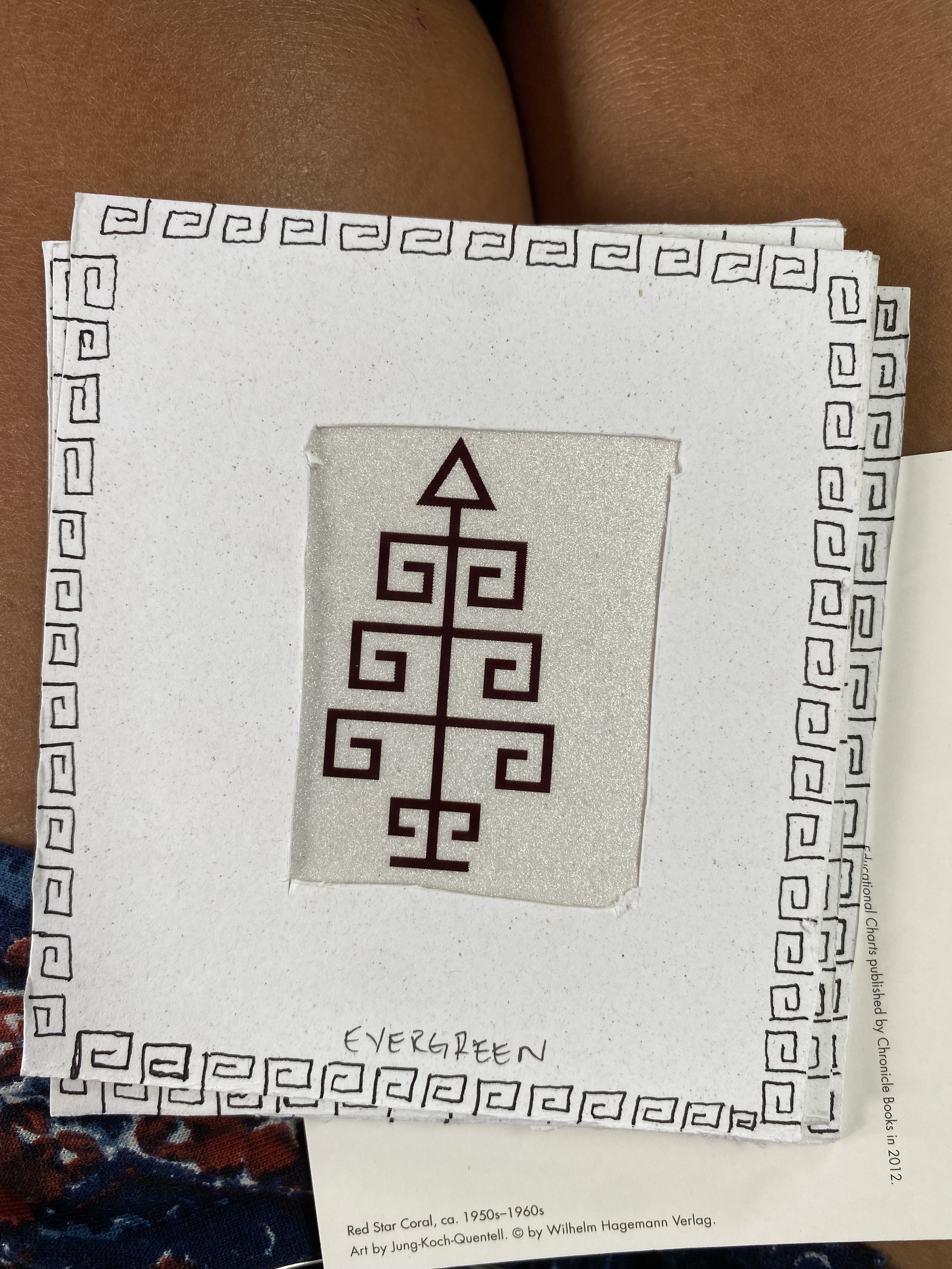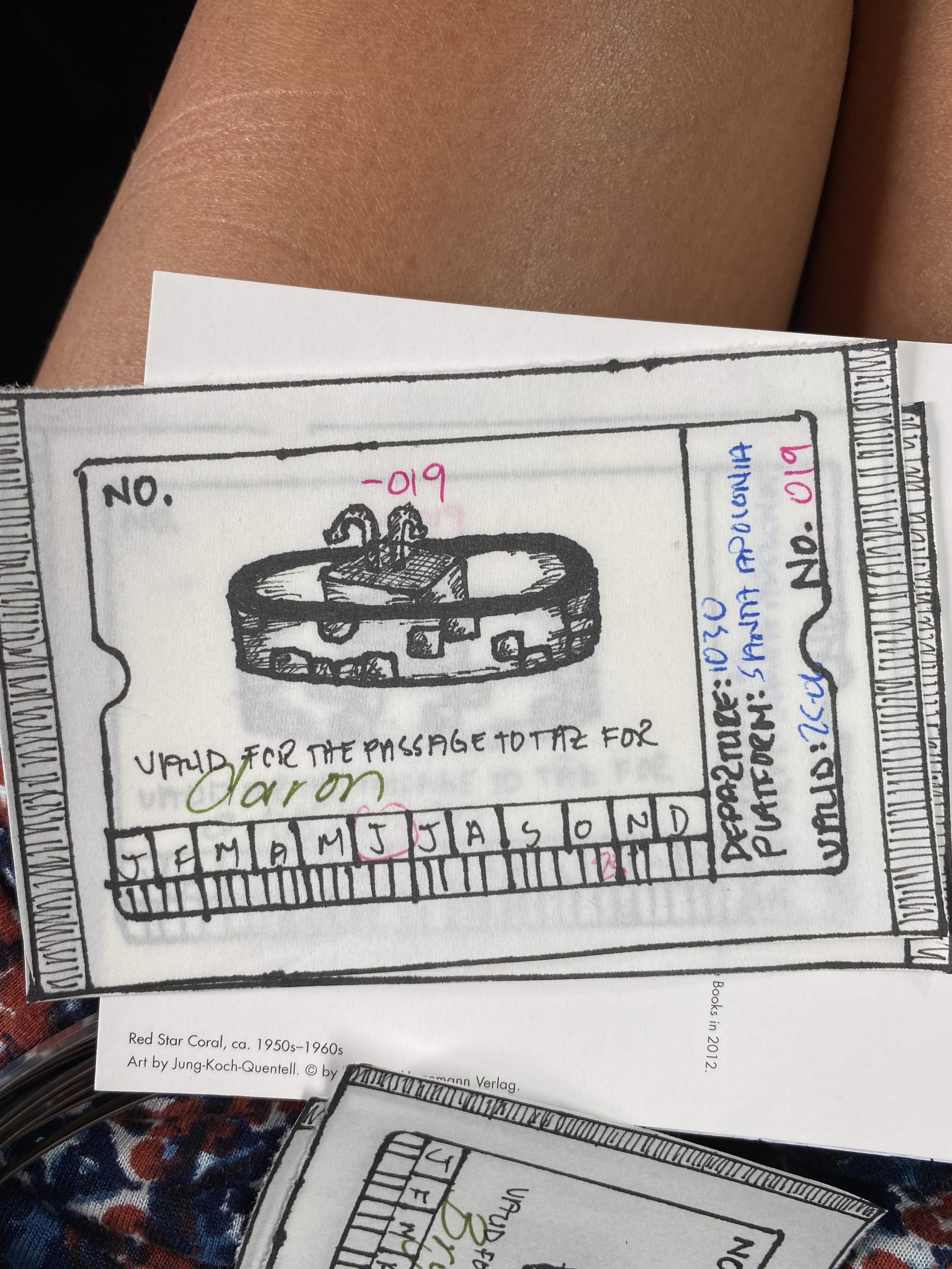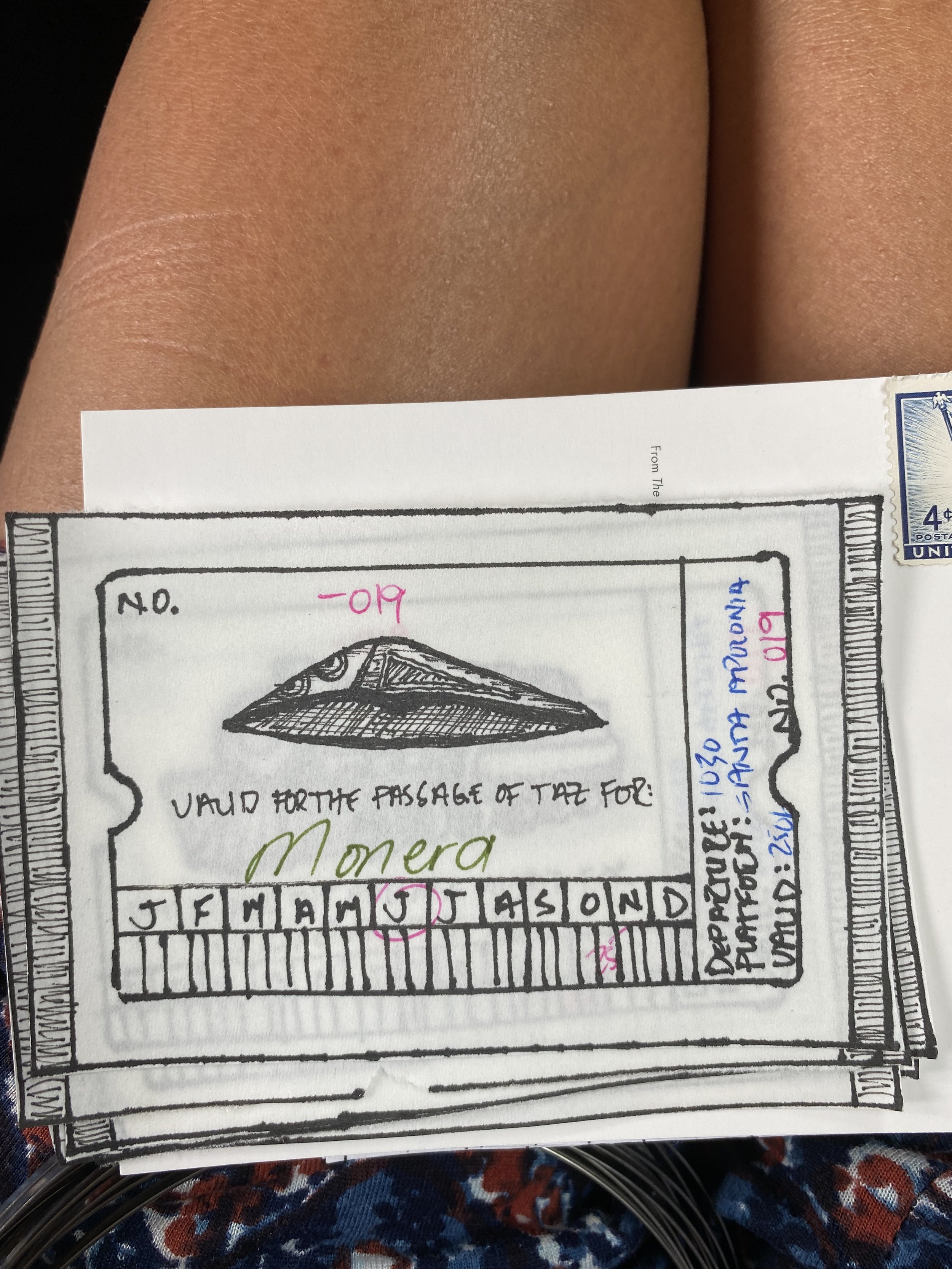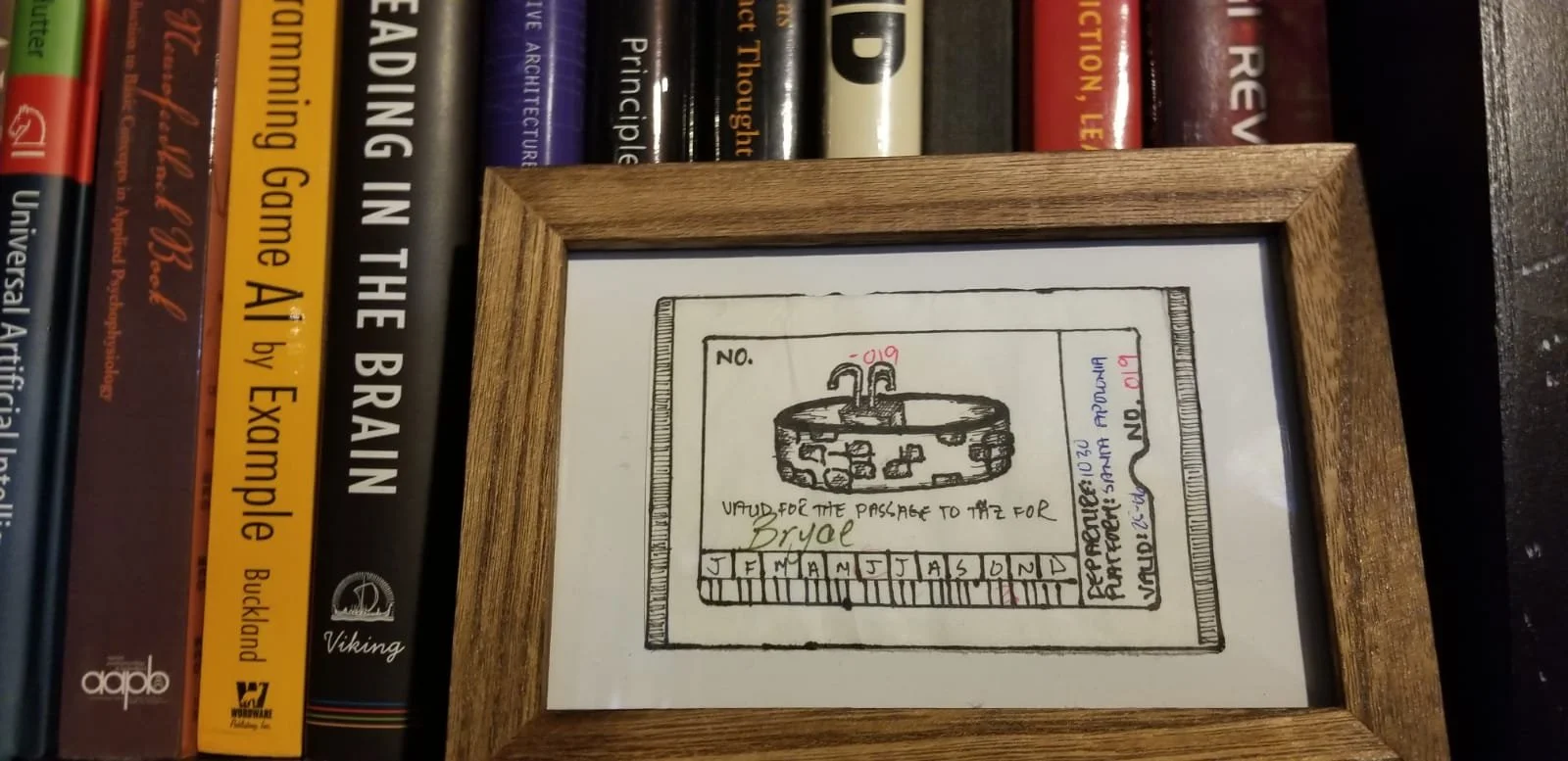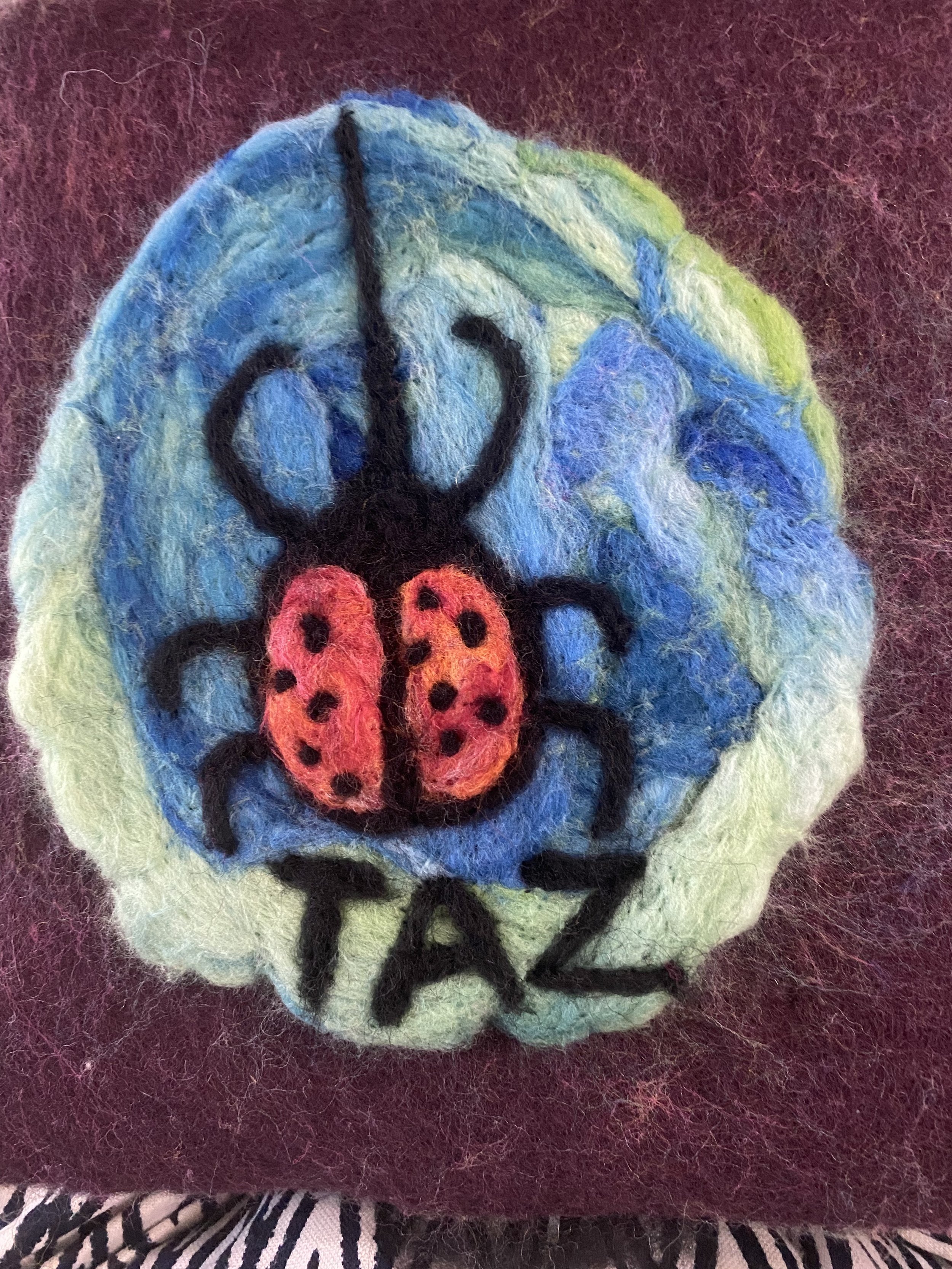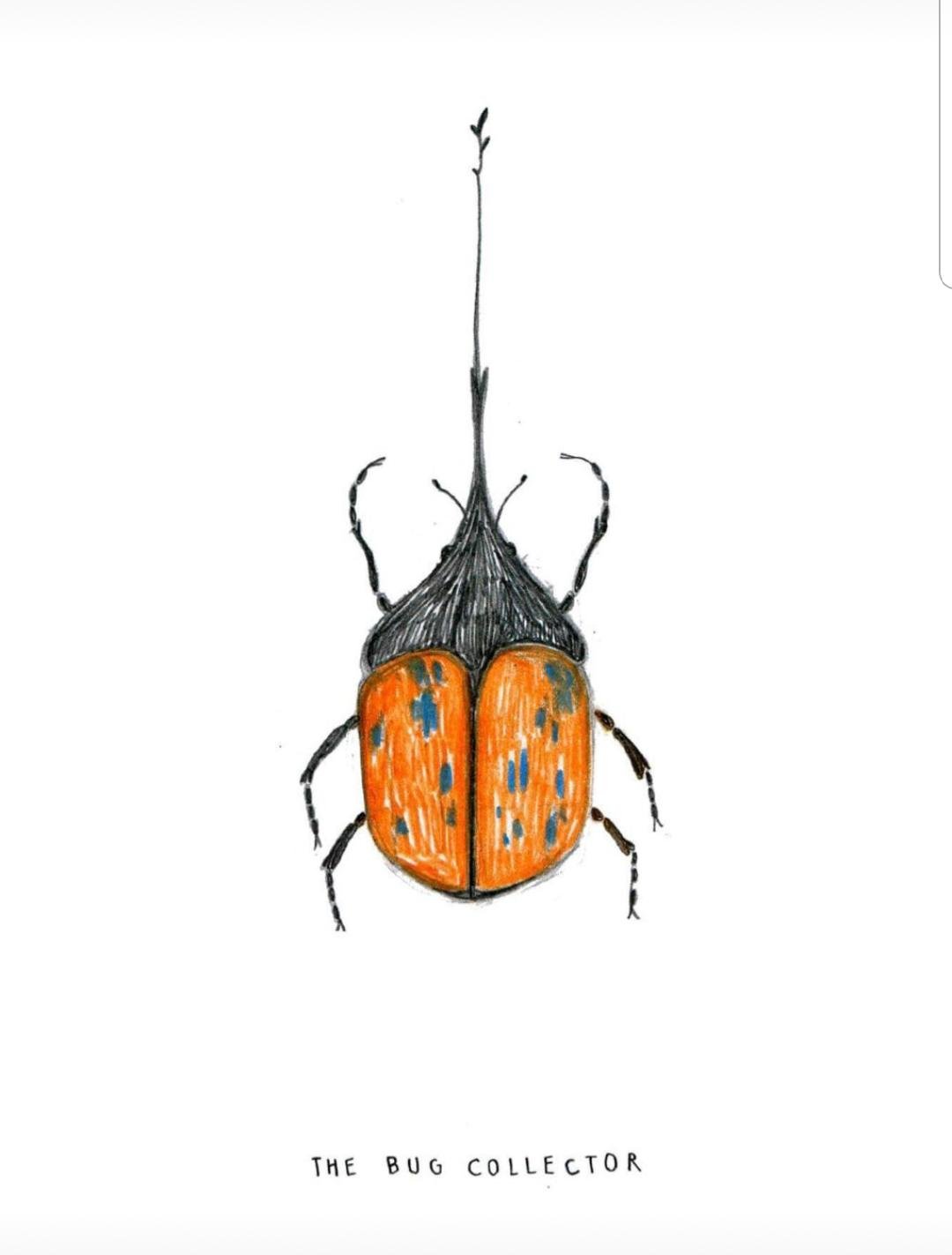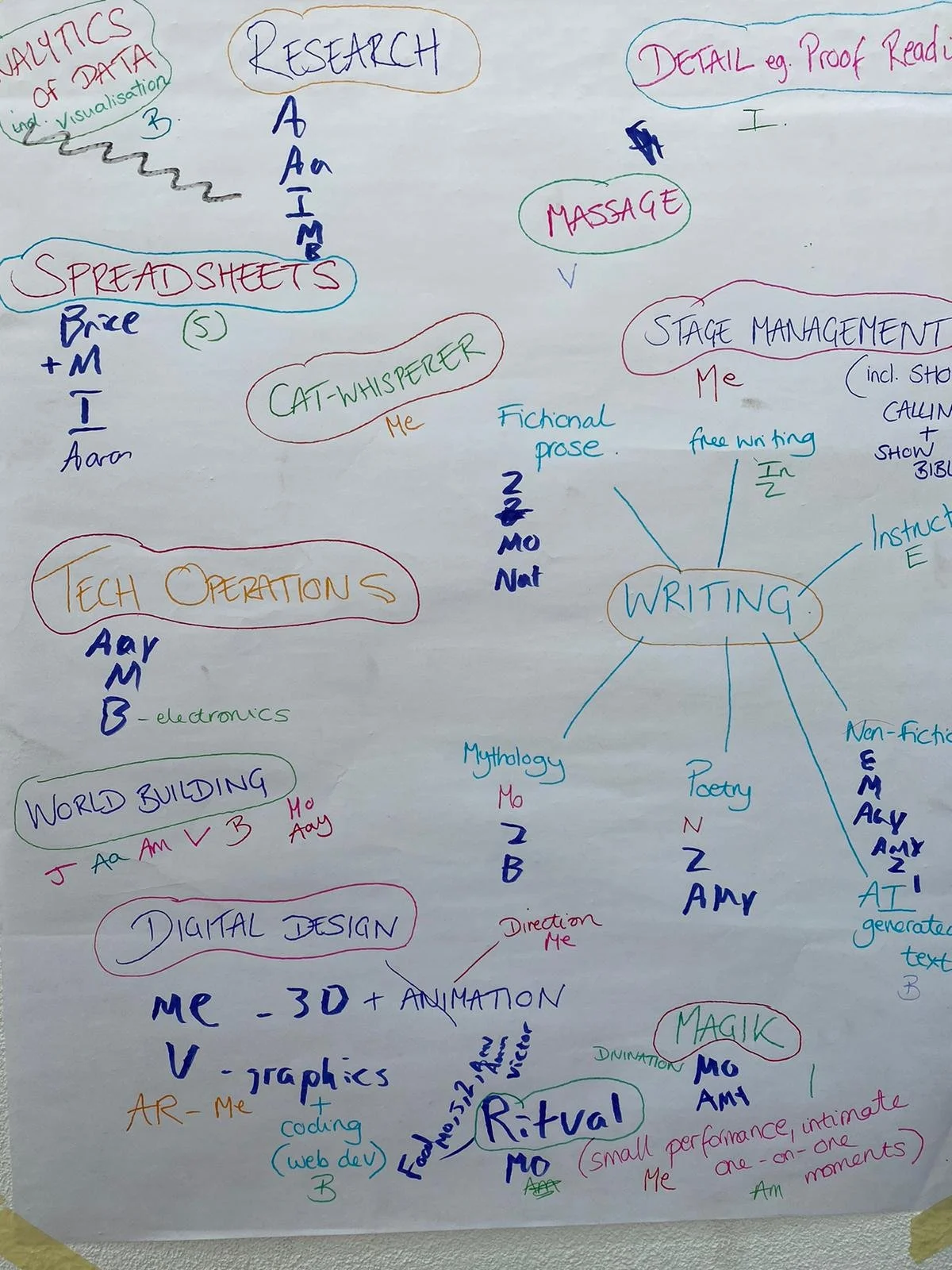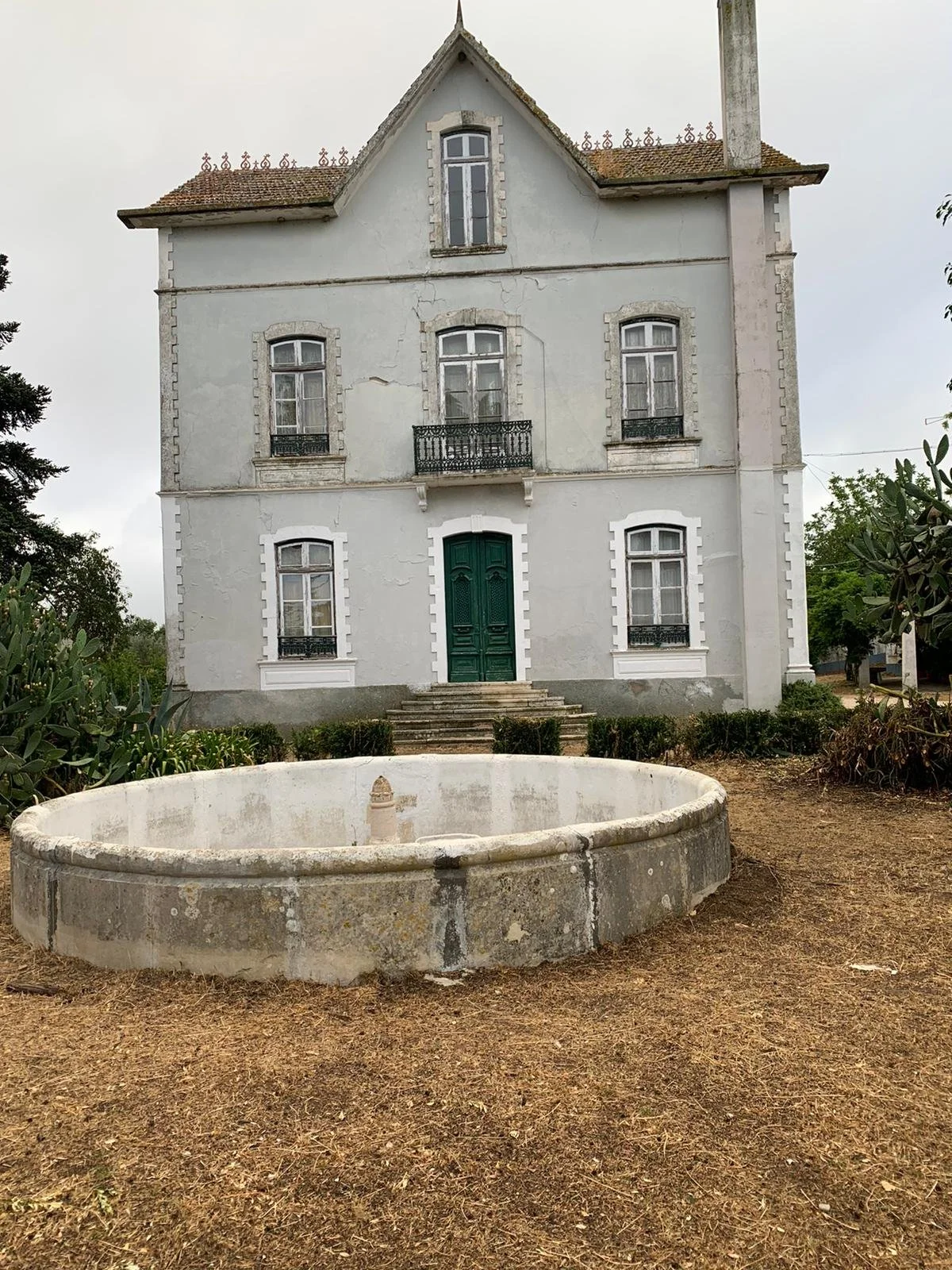The Road To Taz
🌸 TAZ: The Temporary Autonomous Zone of the True Self
There is a place that lives just between breath and becoming.
A realm of impossible bodies, unspoken truths, and radiant joy.
No war. No hierarchy. No maps.
Only love, play, stillness, and spontaneous transformation.
They call it TAZ.
You don’t find it by looking.
You find it by remembering.
💫 To enter, let go of time.
💫 Ask butter to be passed—silently.
💫 Follow a dancer who doesn’t know they’re leading.
💫 Listen to your favorite song in the shape of a spiral.
And when you arrive,
you will be met—not with questions—
but with a seat at the Table of the True Self.
You’ve already been invited.
Now all that’s left…
is to say yes.
Storycraft in the Manor of Being
Overview
As a selected participant in the Odyssey Works Masterclass—a rigorous 10-day immersive design lab culminating in a 24-hour experience for an audience of one—I stepped into the archetypal role of mythmaker and narrative guide. Odyssey Works is renowned for designing bespoke performances for individual participants, based on deep ethnographic research. This container invited us to dissolve traditional boundaries between artist, audience, and environment.
My Role
My primary role was in story and mythology, shaping the narrative arc of our performance. I contributed not only to the conceptual scaffolding of our myth but also embodied it—most notably during an intimate 90-minute one-on-one journey with our audience member, Jude, in which I assumed the role of Puck. This moment, a modern-day psychospiritual pilgrimage through train rides and hitchhiking, was designed as a liminal threshold—anchoring the journey to what we called The Manor of Being. We were not in purgatory, but we danced on the edge of transformation.
Design Intent
The aim was not simply to entertain but to prime a contemplative state. We sought to dissolve the artificial lines between daily life and performance, making the ordinary feel enchanted. This mirrors the DharmaPlay work I led at Naropa and later at MAPS, where immersive design meets contemplative education.
Key Contributions
Crafted symbolic narrative arcs using classical and contemporary mythological frameworks
Led design of emotionally resonant thresholds and transitions within the journey
Developed character archetypes grounded in both spiritual traditions and psychological archetypes
Embodied Puck as a guide figure, improvising with sensitivity to Jude’s lived experience and emerging needs
Co-created moments of sacred absurdity, wonder, and pause
Impact & Legacy
This work continues to inform my design of DharmaPlay and MysticPlay, especially my commitment to designing experiences that offer transformation through meaning-making and co-authored mythologies. The Odyssey Works Masterclass reinforced my belief in the power of narrative hospitality—the act of building story-worlds spacious enough for others to arrive, participate, and leave changed.
-
Description UX Design as Empathy Design
Designing for one person meant we had to deconstruct default UX assumptions. There were no “personas” or “target users”—there was only Jude. We practiced deep listening, emotional attunement, and designed from a place of relational intelligence.
This wasn’t just user-centered design. It was soul-centered.
We didn’t ask: What would they do?
We asked: What do they long for, fear, remember, dream?
The masterclass showed that UX at its most radical becomes empathy in action, crafting interfaces between hearts, not just screens.The Art of Liminal Space
The best parts of the experience weren’t flashy. They were subtle thresholds: the quiet walk before the next encounter, the handwritten note left on a table, the unknown voice singing in a train car. We explored how to build narrative arcs from silence and presence—tools I now use in every immersive and contemplative design I lead.
Mythology as Design Framework
I brought my background in spiritual storytelling to shape a mythic arc inspired by Virgil and Dante—but reimagined through contemporary longing and play. The story scaffold became a map we could all work from, even as we improvised details in real-time. Myth wasn’t metaphor—it was methodology.
Radical Collaboration
Designing for one person required dissolving ego. Every idea was offered as a gift to Jude, not to impress each other. It was collective ego-death in service of sacred design. That spirit of generosity has become foundational to my current work in community design and spiritual marketing. goes here
-
Left on Jude’s bed, this story served as the first whisper of the journey to come—a mythic seed planted in the quiet of a private moment. A tale not told, but gifted. A map disguised as a myth. A mirror held up to the self, waiting to be recognized.
When the fisherman defeated the monster at the Cave of Good Hope,
he did not do it by slaying the creature—
but by asking to learn its story.Adamastor.
Because he was brave,
possessing both a curious nature and the ability to connect,
the pantheon opened the gate, saying:“You, my love, are invited to the Table of the True Self
to experience a strange way of life
where love is boundless.
Come with us.”The fisherman followed the spirit being to TAZ.
TAZ was a world of play, magic, and love.
There was no war. No conquering of the sea.
Just beings who could sit in silence,
radiating joy.Their bodies were strange—
infinite in variation.
Wobbly arms grew from hips.
Eyes blinked from knees.
Their forms shifted with the moment,
sprouting legs for dervish dances.
All manner of beings.And all they did was love, eat, play, love, be.
The fisherman adored it.
But he also longed for his beloved—
surely she was worried,
singing songs to the sea.He asked to return home,
to bring this manner of being back with him
to Gavião.The beings of TAZ granted his wish.
They gave him a new name: Rove,
to remind him always of the world of love.“If you ever need to return,” they said,
“simply let go of the past,
rock love in your heart,
and look into a mirror
on the perfect morning
by a pool of water—
and we will find you.”Rove came home to Gavião
and built the Manor of Being—
a home to love in, raise children, and play.
A community in season
with the joys of existence.When Rove became an elder,
they stood beside the pool of their life
and made their final wish—
leaving behind a rich legacy of love.The village remembered.
Many found their way to TAZ.But over time, the crossings became fewer.
The games once played began to fade.
Still, the old ones say:“If you find the vista,
you may see the Manor of Being,
and find yourself at the pool—
wishing for a future that is possible…
and maybe,
even TAZ.” -
At the Lisbon train station, there is a hidden mandala. A twelve-petal flower set into the stone floor—subtle, sacred geometry beneath the bustle.
That morning, Jude had already been on an epic journey, retrieving their ticket from a beetle-shaped locker. When they arrived at the station, they found me silently walking in circles, tracing the petals with reverent, precise steps. I was moving in the tradition of Butō—that slow, somatic, Japanese performance art of grief, memory, and transformation—while listening on repeat to Jude’s favorite song. I never looked up. I was inside the offering.
People had already begun to watch. Strangers paused. A silence grew.
And then—Jude entered the circle.
One by one, the other Odyssey members emerged from the crowd, wordlessly stepping into the petals. And then, like a spell shifting shape, we began to mirror Jude. A spontaneous game of Follow the Leader bloomed. Jude walked. We echoed. Hesitant at first, then joyful. Silly. Fluid. Wild.
And then—the train whistle.
We broke the circle.
Boarded the train.
Headed for the cork forest.
A ritual in motion, now on rails. -
After a day of mythic journeying, wild train station games, and collective rituals, we arrived at a quiet truth: Jude needed space.
So, we created The Table of the True Self—a wordless dinner party in a world where everything meant more because it was unspoken.
Each guest was given a character, an inner archetype, a "true self" they could silently embody. We dressed the table with care and ritual.
There were silent toasts.
Silent requests to pass the butter.
A silent carving of a roasted bird that became comically impossible, as everyone tried—badly—not to laugh.And it was perfect.
This moment—so simple, so strange—became one of my favorite group creations. It felt impossible to hold intimacy, reverence, absurdity, and rest in the same breath. And yet, there we were, communing without a word.
It was a UX experiment in designing social permission—where silence was not absence, but invitation.
Later, we deepened this thread of playful identity through a custom-designed game inspired by Esther Perel’s therapy work and the film Everything Everywhere All At Once. The game invited us to shapeshift across emotional universes, hold paradox, and locate our inner multiverse.
Read the game design here
